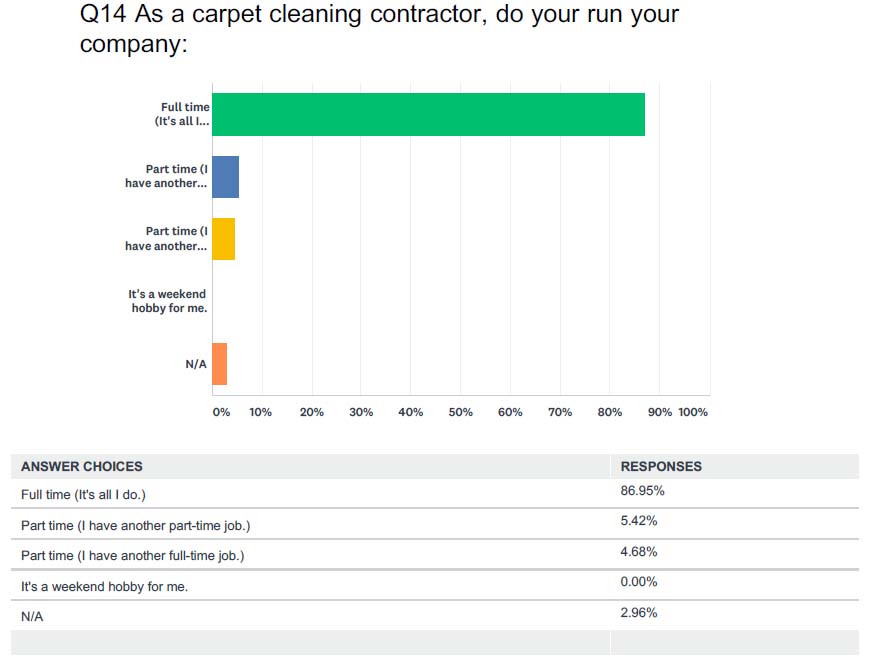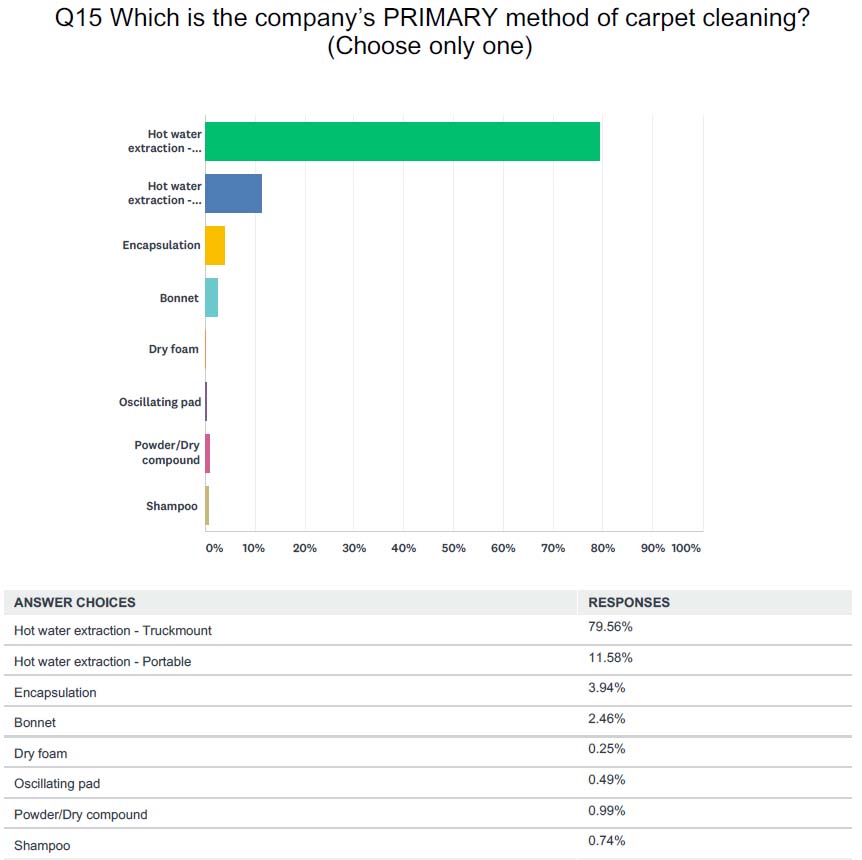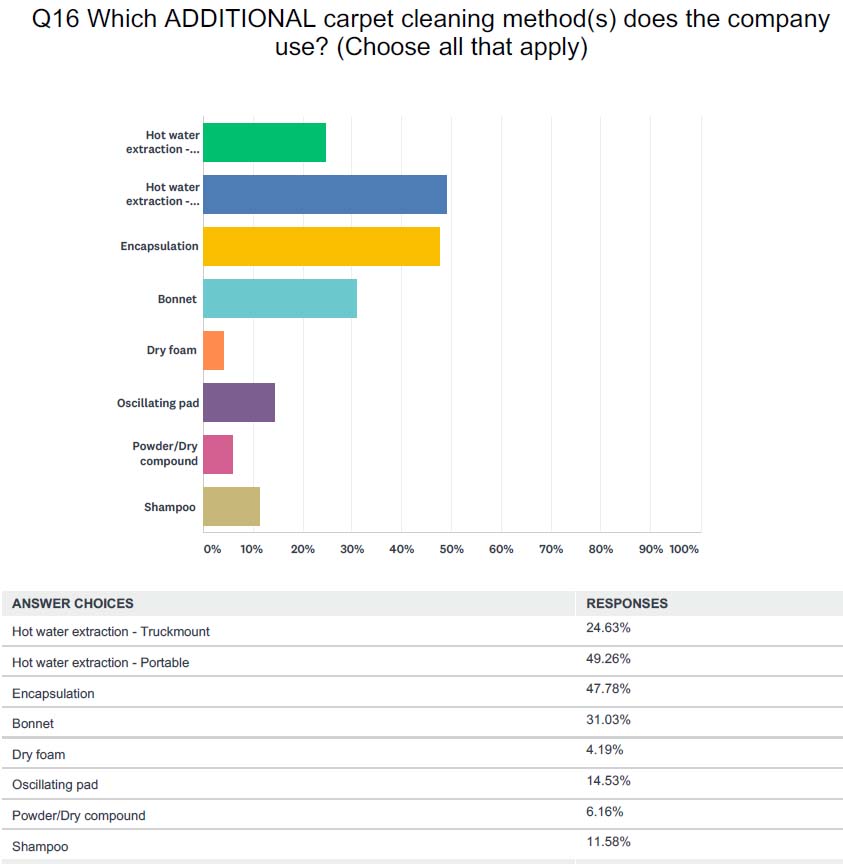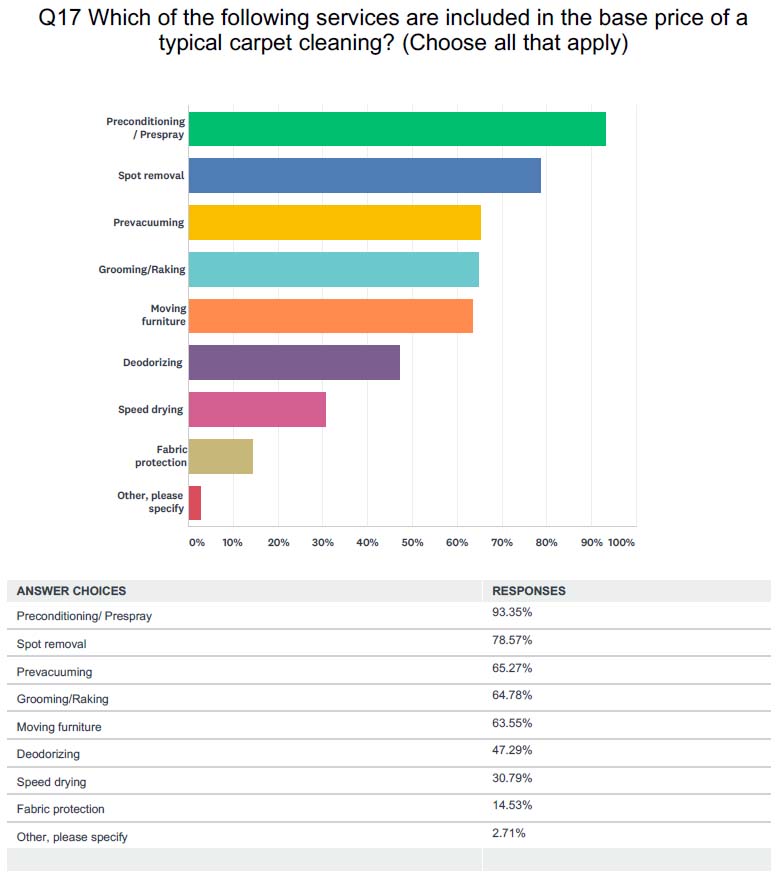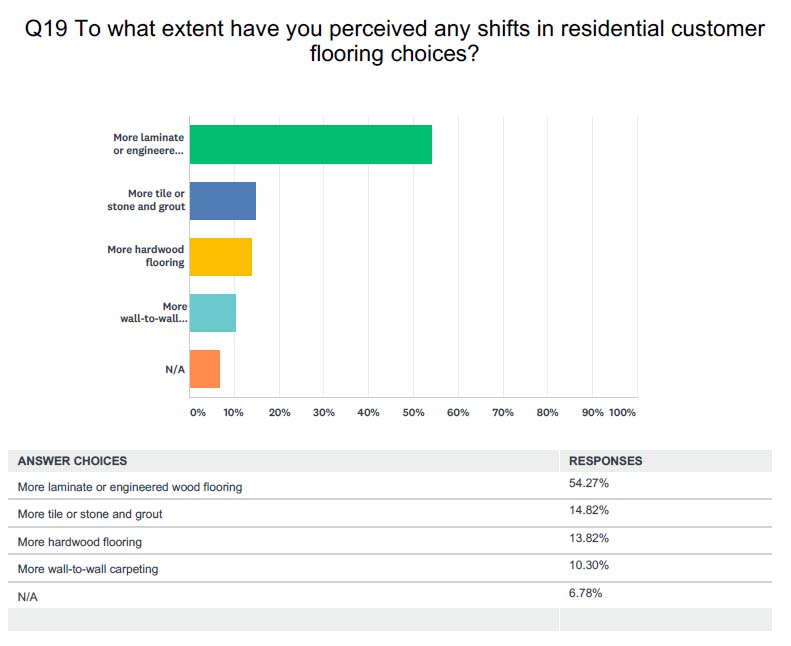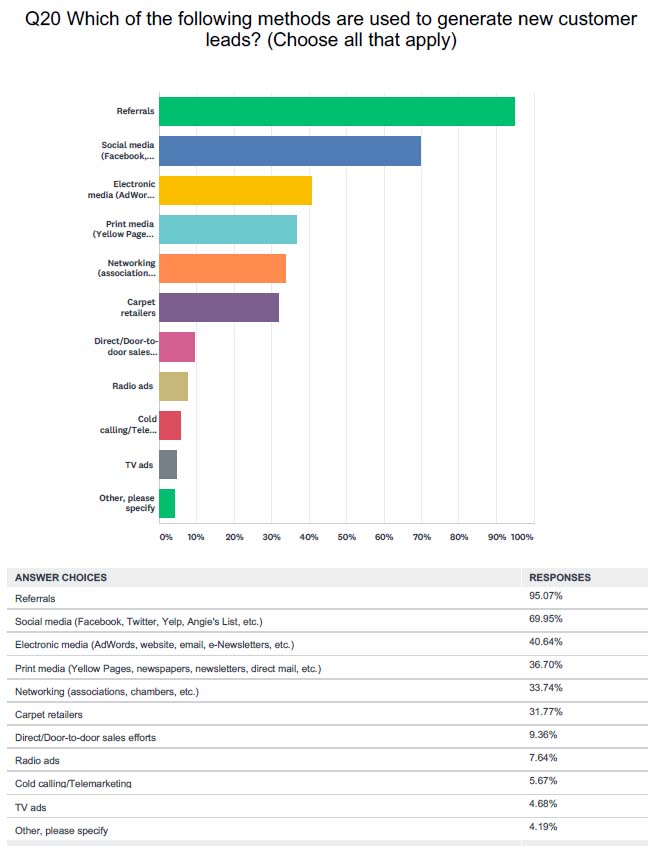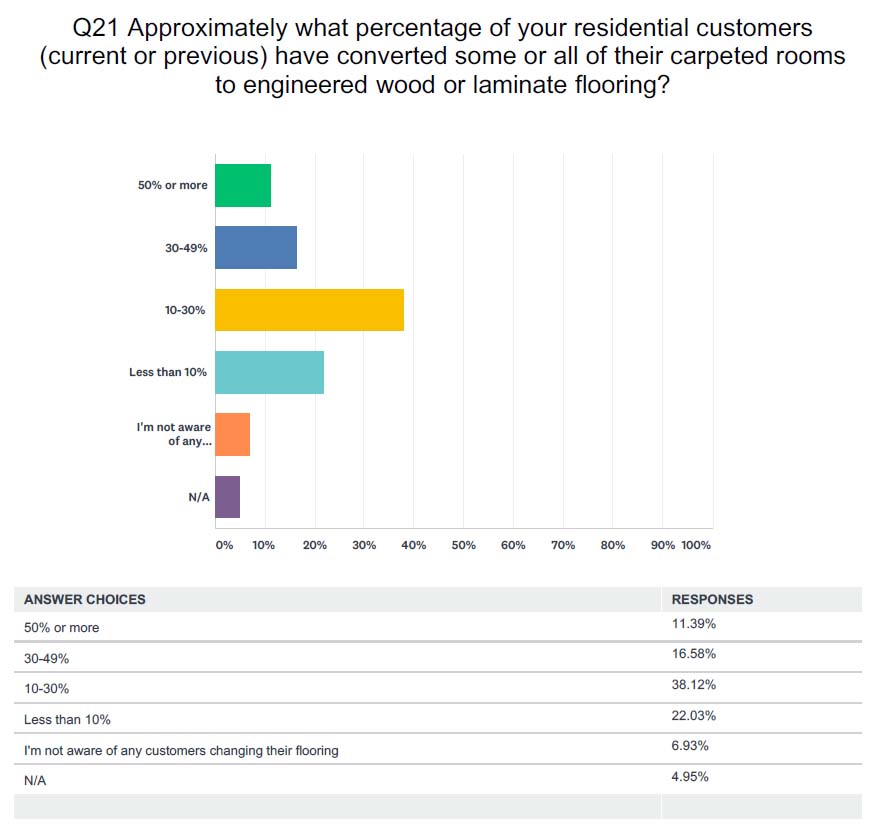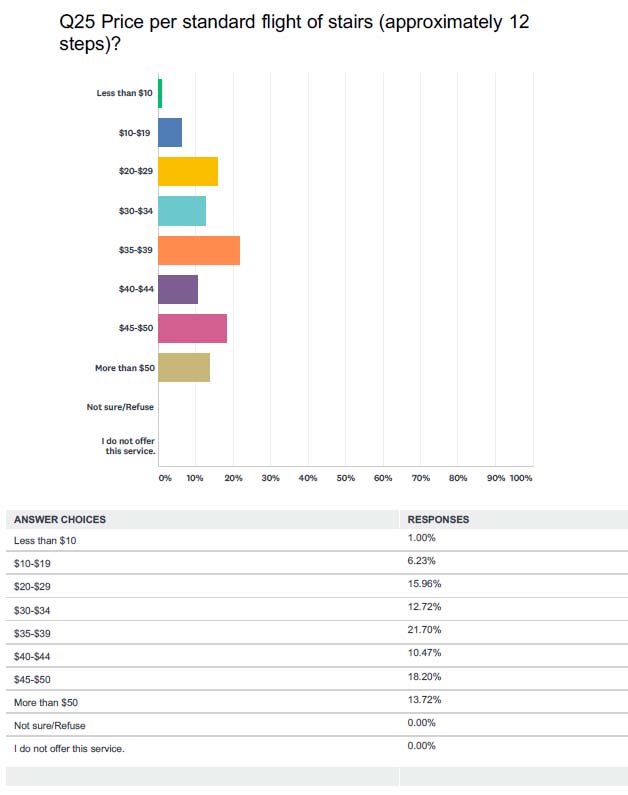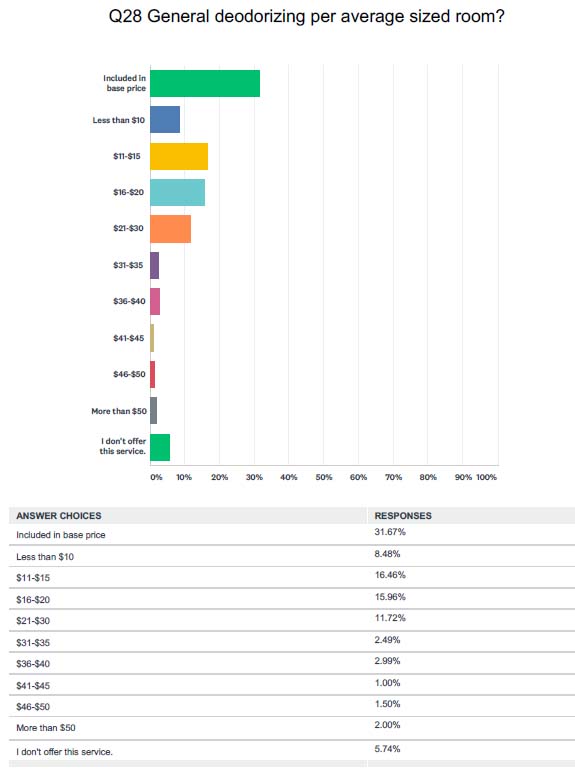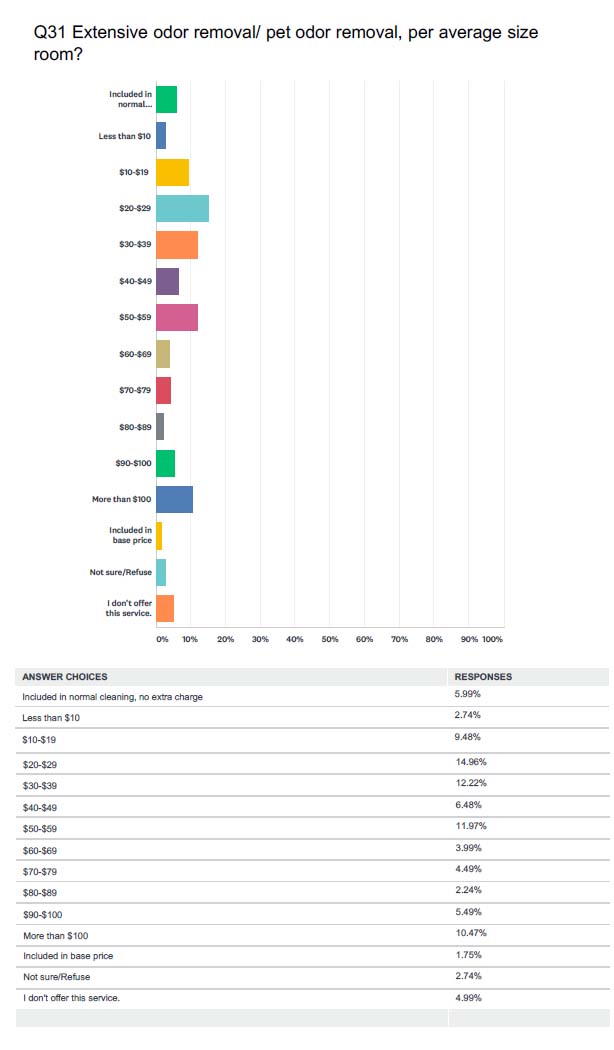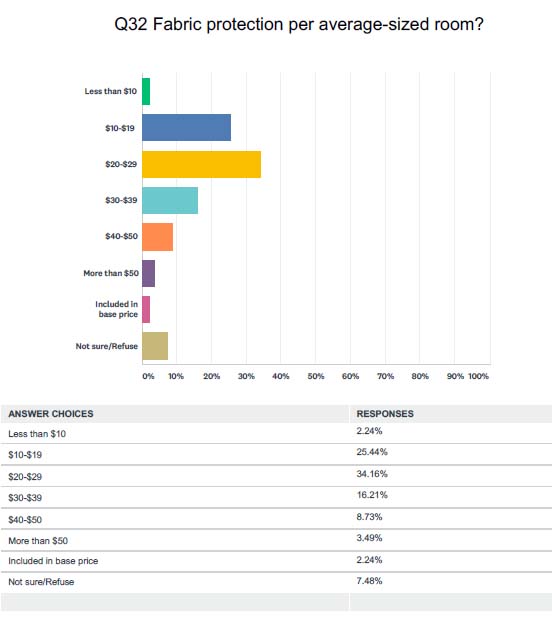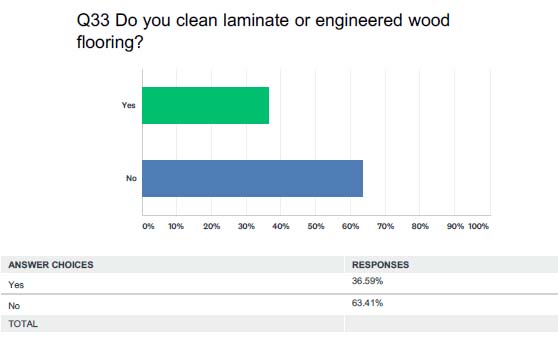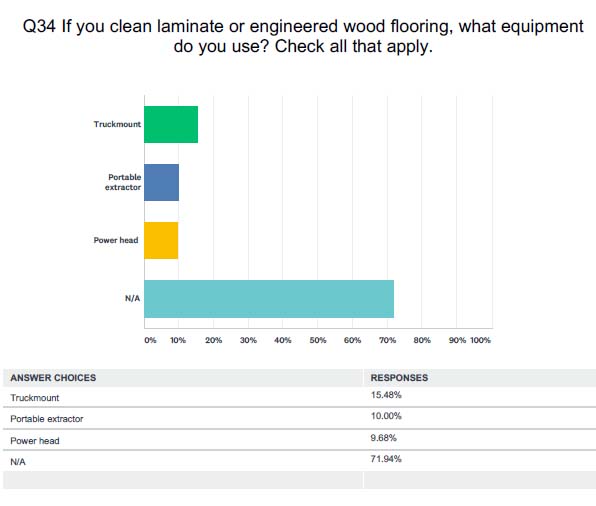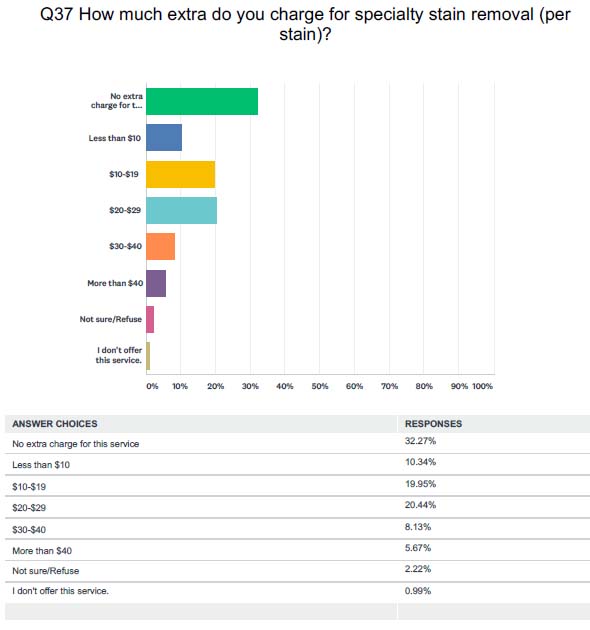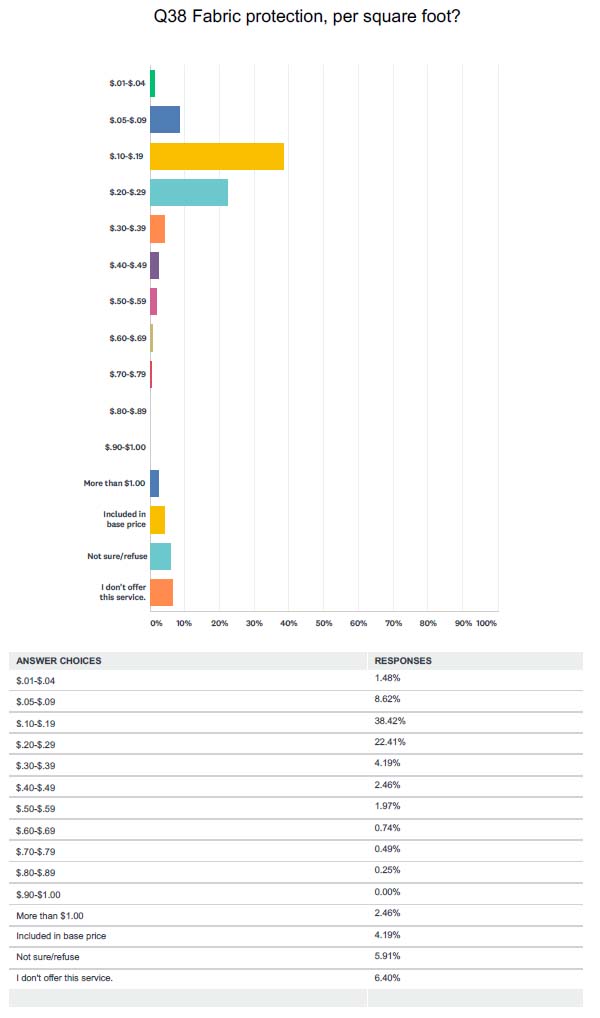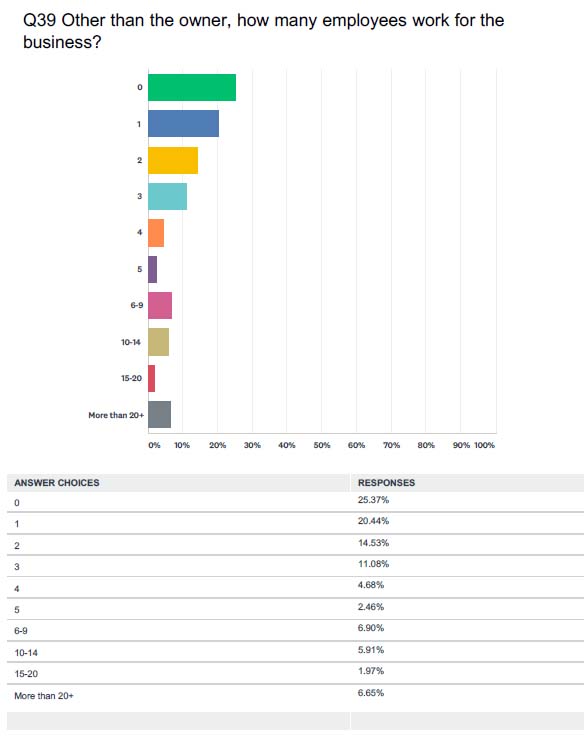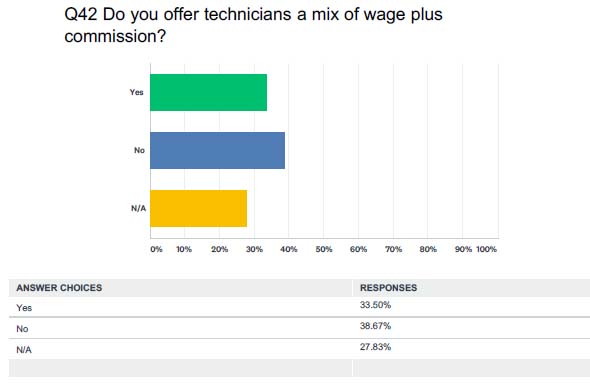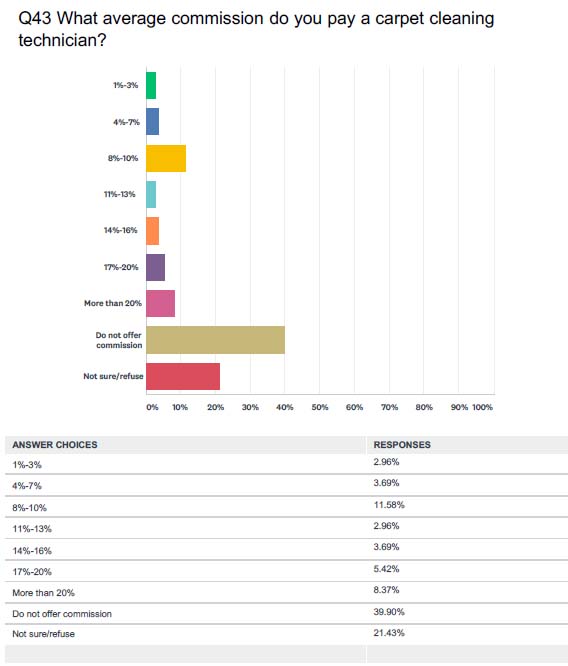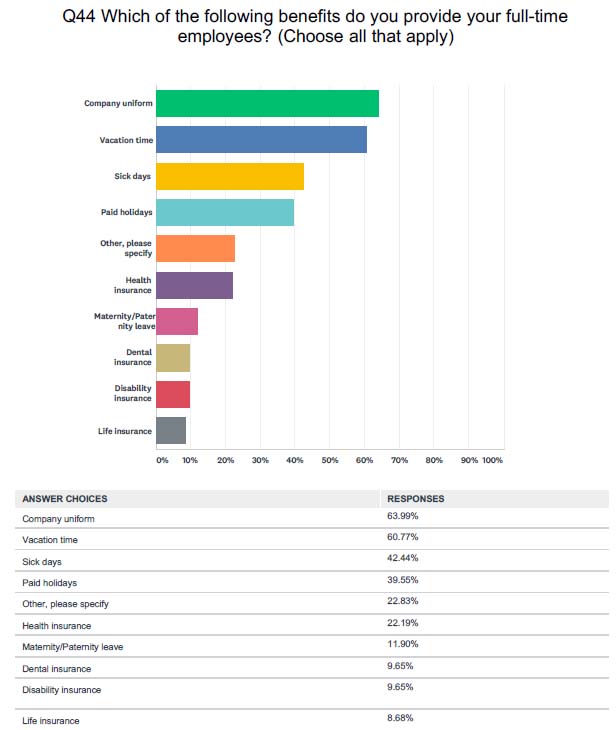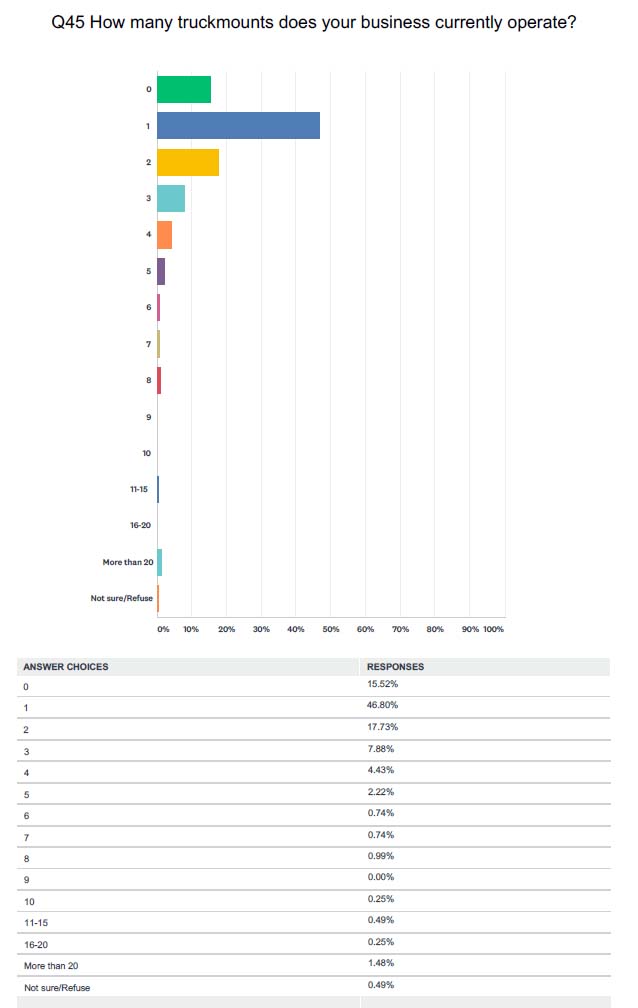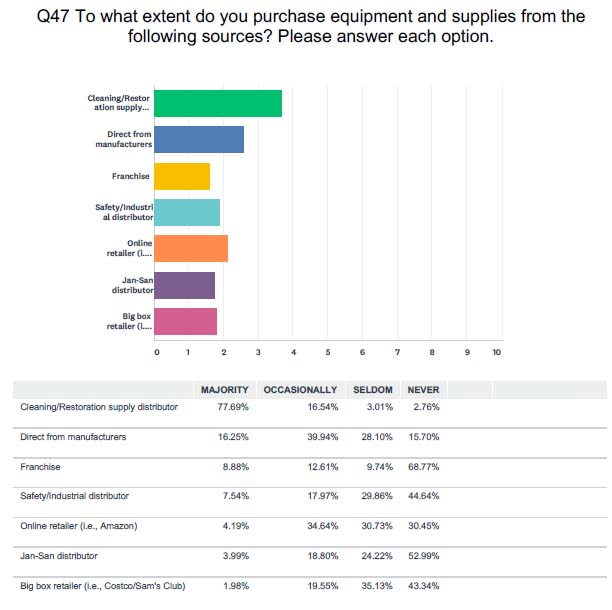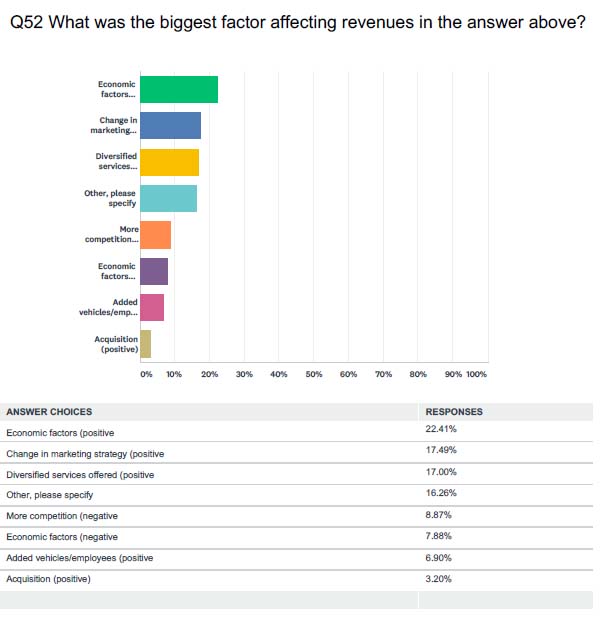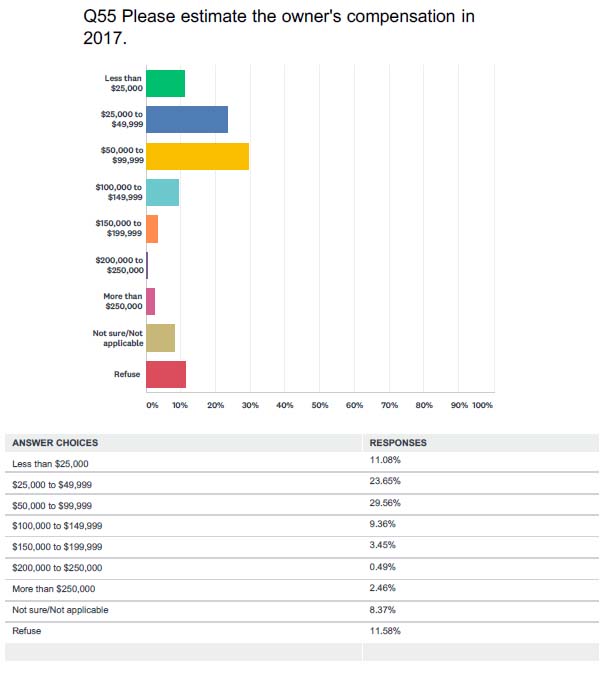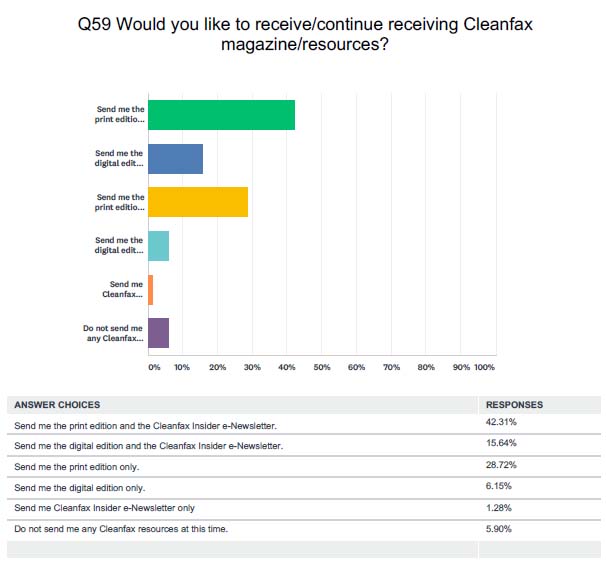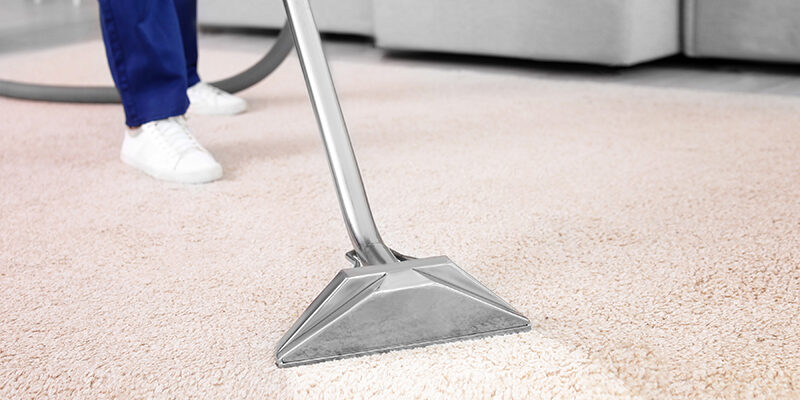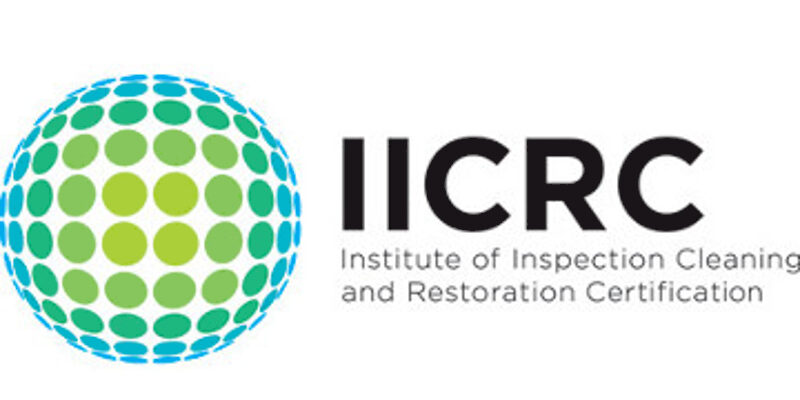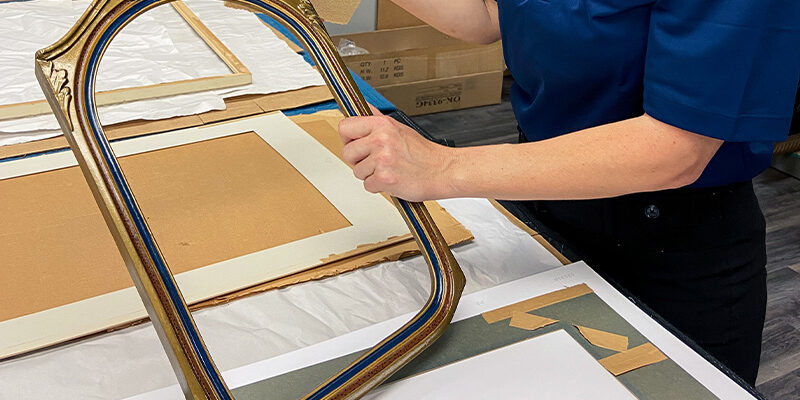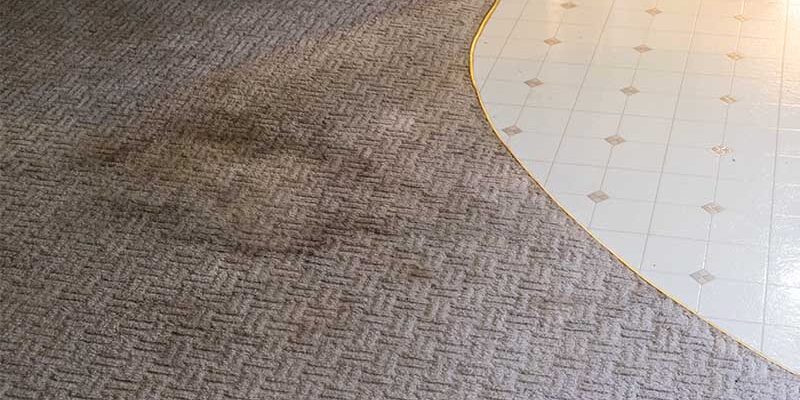2018 Carpet Cleaning Benchmarking Survey Report
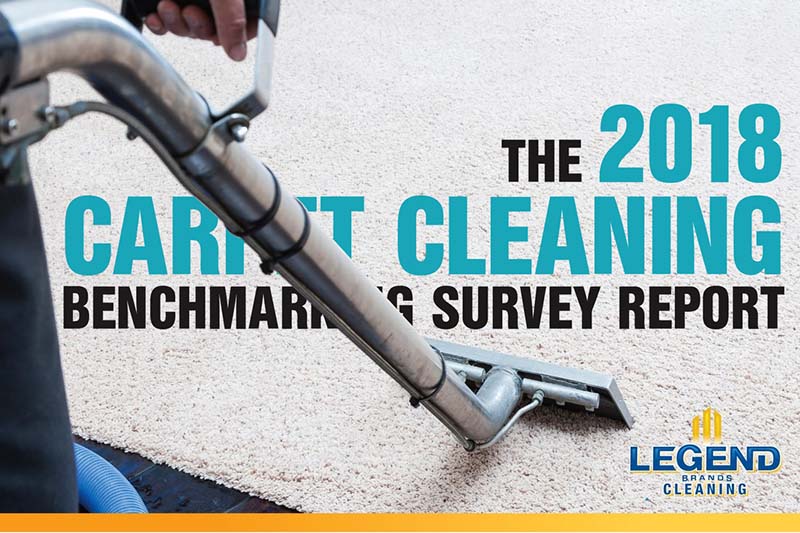
Another survey is ready for you — a year’s worth of data supplied by industry professionals await you. You’ll find industry analyses, from revenue to start-up costs and everything between. Use this data for your own purposes, to grow your business, make the tough choices, and ultimately enjoy the success of your hard work.
About this report: The data in the 2018 Carpet Cleaning Benchmarking Survey Report is based on results from carpet cleaning contractors responding to invitations for this survey. Results are not necessarily based on audited financial statements. Made possible with support from Legend Brands.

With so many in supervisory roles, the usual big challenges were reported: Dishonest competition, finding quality employees and customers, etc. But a rising concern is hard floors replacing carpet.

Most respondents focus squarely on floor care, though some provide a mix of services.



Despite a continued rise in franchising among restoration companies (up to 35% in our July 2018 survey), franchising among carpet cleaners continue to fall (down 2% from last year).


More than three quarters of respondents receive the majority of their work from residential customers, perhaps adding to the frequently lamented trouble “finding and retaining customers. “




Location matters: In the Northeast, 21-25% is most common; in the west, more than 50% is most common.


This year saw a steep rise in hard floor and water damage restoration subcontracting, with a decrease in self-offering.

Roughly 40% clean area rugs for less than $1 per square foot.


Average price rose slightly in 2018, hopefully pointing toward a larger trend.

Close to half charge more than $100 on average to clean a sofa.

More than a quarter of cleaning companies report buying supplies online more than 70% of the time.
Wages Paid per Hour by Region

Southern wages, which were the lowest in 2017, rose both in starting and average categories this year. Starting salary in the West rose as well, while the average wage stayed the same, ultimately matching the starting salary, suggesting few raises among area workers or short tenures.





